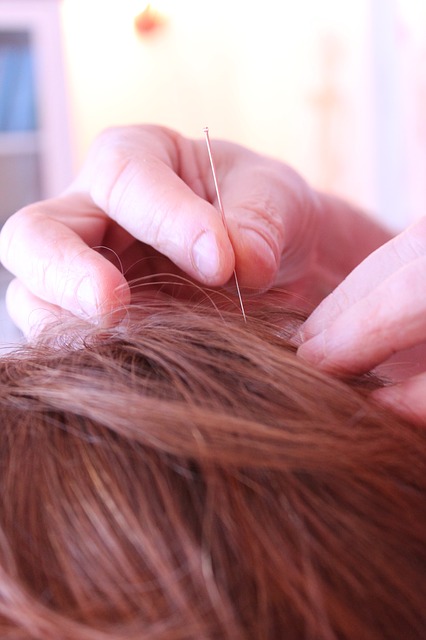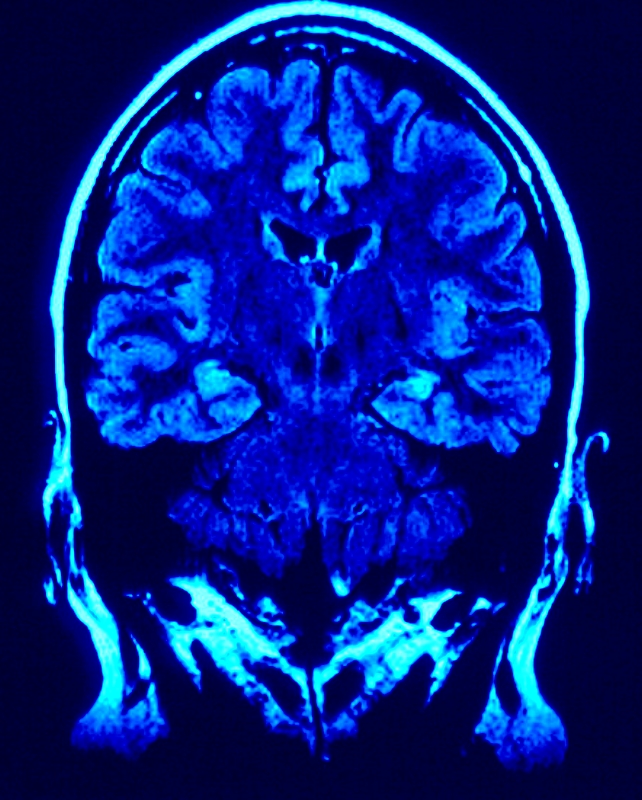Acupuncture
This ancient form of Chinese medicine has been shown to have a plethora of benefits, the most prominent being pain management. This procedure consists of the strategic insertion of very thin needles into different parts of the body. It has been used in the Western world to help with symptoms of many different conditions, including fibromyalgia, headaches (tension and migraine), low back pain, neck pain, osteoarthritis and many other forms of chronic pain. This form of treatment has little risk and few to no side effects, so it is definitely worth a try.
Massage is a popular and effective form of pain management, especially for those struggling with muscular-related pain. It has also been shown to reduce stress by releasing endorphins, which aid in relaxation, pain relief and elimination of stress-causing chemicals (like cortisol and noradrenaline). This stress reduction goes further, by reducing or eliminating high blood pressure.
Many people don’t want to be told that their pain is “all in their head”, so they tend to avoid or ignore advice about using Cognitive Behavioral Therapy for pain relief. But that is not what this form of pain therapy means. In fact, CBT has been shown to help reduce pain significantly in most patients who tried it. It goes about pain relief one of two ways. First, it changes mental connections a person has to their pain. This includes an improvement in coping strategies and positive thinking. By thinking positively, the pain will have less of a negative effect on your quality of life. Cognitive therapy has also been shown to improve the brain’s physical response to pain. CBT helps to quell stress, which has been shown to exacerbate pain by affecting the balance of chemicals in the brain, like norepinephrine and serotonin. This approach is most effective when paired with another pain management treatment.
A body in motion not only stays in motion, it also almost always experiences less pain. When suffering with chronic pain, the last thing you want to do is get up and exercise. However, this has been shown as one of the best ways to reduce and prevent chronic pain. There are many forms of exercise that are best for those struggling with pain. Walking, yoga, swimming and tai chi are all low-impact exercises that anyone with chronic pain can try.
Lifestyle Changes
As most people know, your lifestyle has a great impact on your overall health. As stated earlier, exercise has a major impact on overall health and, specifically, pain relief. Diet is another important factor in pain management that many people forget to consider. Including animal-based omega-3 fats and vitamin D can positively affect pain being experienced. Reducing your intake of processed foods and food containing grain or sugars (especially fructose) has also been shown to help with pain-reducing efforts. Kicking bad habits, like smoking, can also help your body to respond better to pain relief attempts.
Any chronic pain condition should first be evaluated by a physician. Alternative pain treatments should be used in conjunction with conventional medical treatments and all treatments should be approved by a medical doctor to ensure they are right for you.
Sources:
http://articles.mercola.com/sites/articles/archive/2012/09/29/acupuncture-reduces-chronic-pain.aspx
http://www.health.com/health/condition-article/0,,20189616,00.html
http://www.webmd.com/pain-management/features/cognitive-behavioral
http://www.health.com/health/gallery/0,,20436269,00.html
http://www.mayoclinic.org/tests-procedures/acupuncture/basics/definition/prc-20020778





